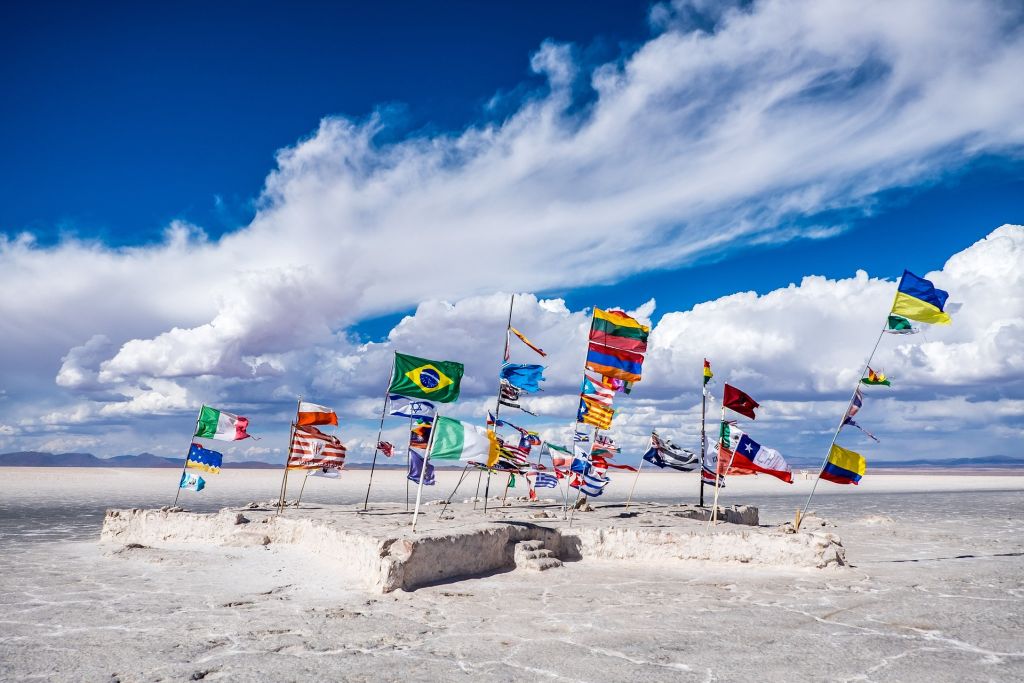2023 – the year geopolitics came to South America
The region is increasingly being drawn into the disputes of the world powers and local conflicts are threatening to become geopolitically charged.
by Alexander Busch, Latin America correspondent for Handelsblatt and Neue Zürcher Zeitung
At the beginning of this year, the dominant view in South American politics was that the major geopolitical disputes had little influence here. Ukraine-Russia, China-USA – all of this was taking place so far away that these conflicts could hardly have any impact in the region. On the contrary, there was a faint hope that South America could be the winner of the crisis.
The world suddenly needed more raw materials and energy from there. This applied to food and oil as well as ores such as lithium or copper. South America seemed to be the region that could fill in for shortfalls and changes on the global market: For the threatened harvests in Ukraine, the Russian oil subject to sanctions and for the technologies needed for the energy transition, which required raw materials.
What’s more, there were even hopes in South America that the economies of these countries could benefit from new investments by foreign companies. Keyword: friend- or nearshoring. This means that multinationals around the world could withdraw their factories from China and relocate them to other regions.
But things turned out differently: there is still no sign of nearshoring in South America – it may be different in Mexico or Central America. But the multinationals are actually holding back on investments here.
The region did indeed benefit at times from rising prices for agricultural products, energy and industrial raw materials, but the effect has since fizzled out.
However, the idea that global tensions would only reach South America in a filtered form proved to be wrong.
One example of this was the inauguration of President Javier Milei in Buenos Aires. An unusual scene occurred there: Hungarian President Victor Orbán and Volodymyr Zelenskyy from Ukraine suddenly found themselves face to face and engaged in an intense dispute. It had little to do with Argentina or South America.
Conflicts are also simmering in their own neighborhood, as is now the case between Venezuela and Guyana. These regional disputes threaten to become geopolitically charged.
Because in the Caribbean, the USA is on Guyana’s side and Russia is supporting Venezuela. Putin has armed the Caribbean country militarily. China is also pulling strings in the background, as it has close political and economic ties with both countries. Venezuelan ruler Maduro seems to have taken Putin’s approach to Ukraine as a blueprint.
Now everyone is looking to Brazil as a regional power: can President Luiz Inácio Lula da Silva resolve the conflict on his doorstep? Brazil is facing its biggest foreign policy problem for years. President Lula rightly says: “What we really don’t need in our region is a war.”
In fact, it has long been an advantage of South America that there are hardly any regional conflicts. Although public safety is low due to the high crime rate, there have been no wars between nations for a long time, apart from the brief conflict between Peru and Ecuador almost 30 years ago.
This is currently changing: it seems as if geopolitics has suddenly come to South America. The region is increasingly being drawn into the conflicts of the major powers and is no longer the distant continent in global politics as it used to be.






